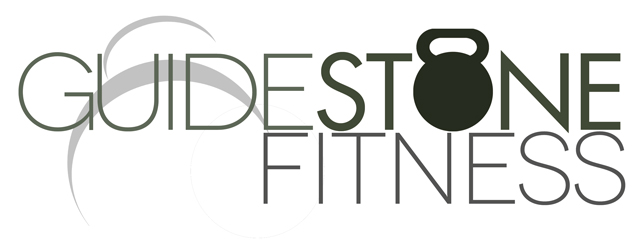Today’s post is going to cover a couple of topics that people ask me about fairly frequently. Others have done an excellent job of covering them, so I’ll make sure to link to the more in depth posts if they are available.
Plant Based Diets
You all know, by now, that I am a huge proponent of eating fats and meat along side your hearty consumption of plant-based foods. This is, in part, due to the fact that I love foods that are protein and fat heavy and truly believe that it is a very important part of a healthy diet.
That said, I don’t believe that the only healthy diets are meat-heavy, as long as you’re ensuring that you’re getting everything your body needs and it works for your lifestyle. Ben Greenfield recently did a brief post highlighting Rich Roll, a successful plant-based ultra-athlete. In this article, he did a great job outlining how to correctly and effectively use a plant-based diet. I won’t repeat everything he said, but here are a few key points.
- There are a few different types of plant-based diets. Lacto Vegetarianism (Vegetarian + Dairy), Lacto-ovo vegetarianism (Vegetarian + Eggs + Dairy), piscatarianism (Vegetarian + Fish), Vegan (Plant-based Foods Only)
- The old argument that meat is bad because it causes an acidic condition in the body is not currently supported by science, except in the instances where you are not consuming enough fats (animal fat, coconut oil, macadamia nuts, etc)
- There are many, many, very successful endurance and even some strength athletes eating a plant-based diet. Scott Jurek, Jon Fitch, Bill Misner (who, in the 70+ Category, races and even holds the National Trail race record for his age group)
- Micronutries to pay attention to since they tend to be deficient in a plant based diet: Vitamin D, B-12, Essential Fatty Acids, Amino Acids, Iron, and a myriad of other minerals
He also posts a sample of Rich Roll’s daily diet, to give insight into the correct way to go plant-based.
Check it out if you’re considering going plant-based. Like I said, its not for me, but it might fit your personality and lifestyle better than a more meat-based diet.
Fueling During Long Events
I’ve been spending a good chunk of time on the bike these past few months while I get ready for a 220 miles in two days bike tour. I’ve had quite a few people ask me about eating on a day like that so I though I’d address that quickly here.
In my time training for my first 100 mile ride of the season (or ever, for that matter), I put 444 miles on my bike during the month of May (I’m at about 550 for my 2013 season, which started on April 29th.) This included several 50+ mile rides, which brings me to something that gets asked fairly often; What do you eat? How?
I don’t have a ton of experience here, so I’m going to give my strategy for high calorie burn days. I learned what I know pretty much through trial and error, so experiment and play with what works for you.
Breakfast
3 Eggs cooking in olive oil (I dump the remaining oil over the eggs when I plate them), an avocado, some high glycemic index fruit like dates, prunes, or a banana.
Snacks
I try for around 300 calories per hour, which is probably a bit high. I haven’t been able to find any studies done on how many calories per hour can actually be metabolized during endurance activities but I know that number works pretty well for me.
Lunch
If I’m under some time constraint, I don’t really eat a lunch. If its a long hike or something like that, I do stop, and bring high calorie things like nuts and fruit with me as a lunch. If its a bike ride without a major time constraint I’ll stop at a store and pick up something during the ride. Usually lunch meat and chocolate bars (I know, I know, but they taste better than the “energy bars” and are basically the same thing.)
Drinks
I pretty much just drink water. I’ve tried a couple of the electrolyte drinks (Nuun, Heed) and they tend to give me some gastrointestinal issues. I may try Heed again since I’ve only ever tried it at the end of a triathlon.
Dinner
I just wait until I’m finished up for the day to eat dinner, whether that means when I arrive at a camping spot or back home after a day. I eat something large with large quantities of fat and protein. BBQ from the local BBQ joint is my favorite meal for days like that. I usually end up eating two dinners, one right when I’m done, and one a couple of hours later. Biking 100 miles I will typically burn an additional 4000-5000 calories, so I’m pretty free about what and how much I eat.
How
On the bike, I carry food in the rear pockets of my cycling jersey. I also wear my cycling jersey on runs. On long hikes, I keep granola bars in my pants pockets and the rest of my food in my pack in an outside pocket so its easy to find. Bananas in a pack are a bad idea, in case you were wondering. Apples work much better.
Conclusion
Hopefully this answers a few questions people have. I’ve had to disable comments on the site because of spam issues but if you have any questions, Like us on Facebook and leave a comment there. I’ll be glad to help if I can!
